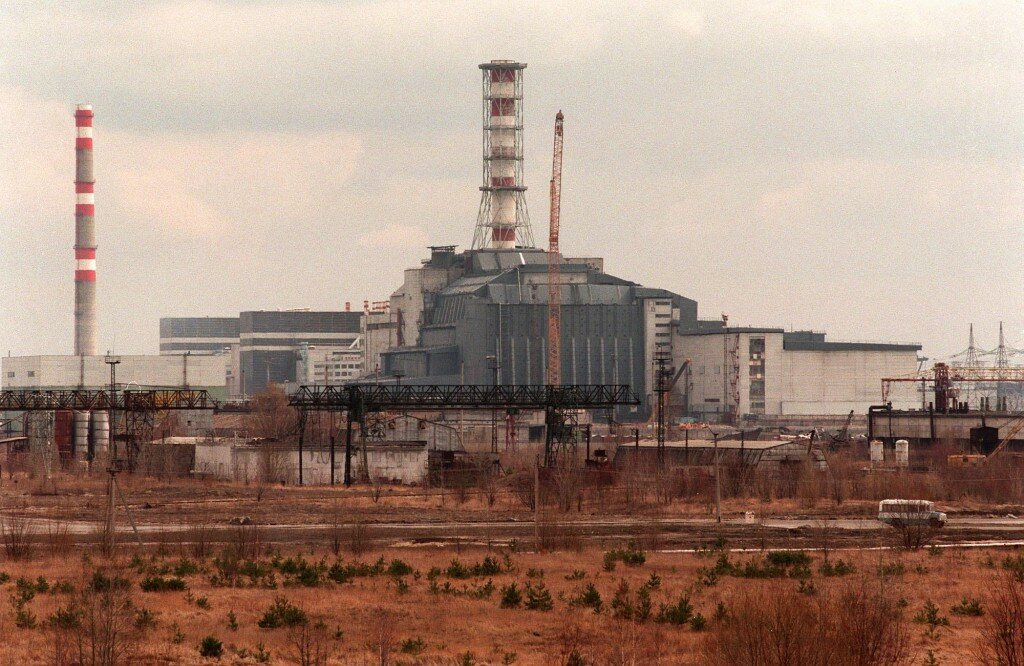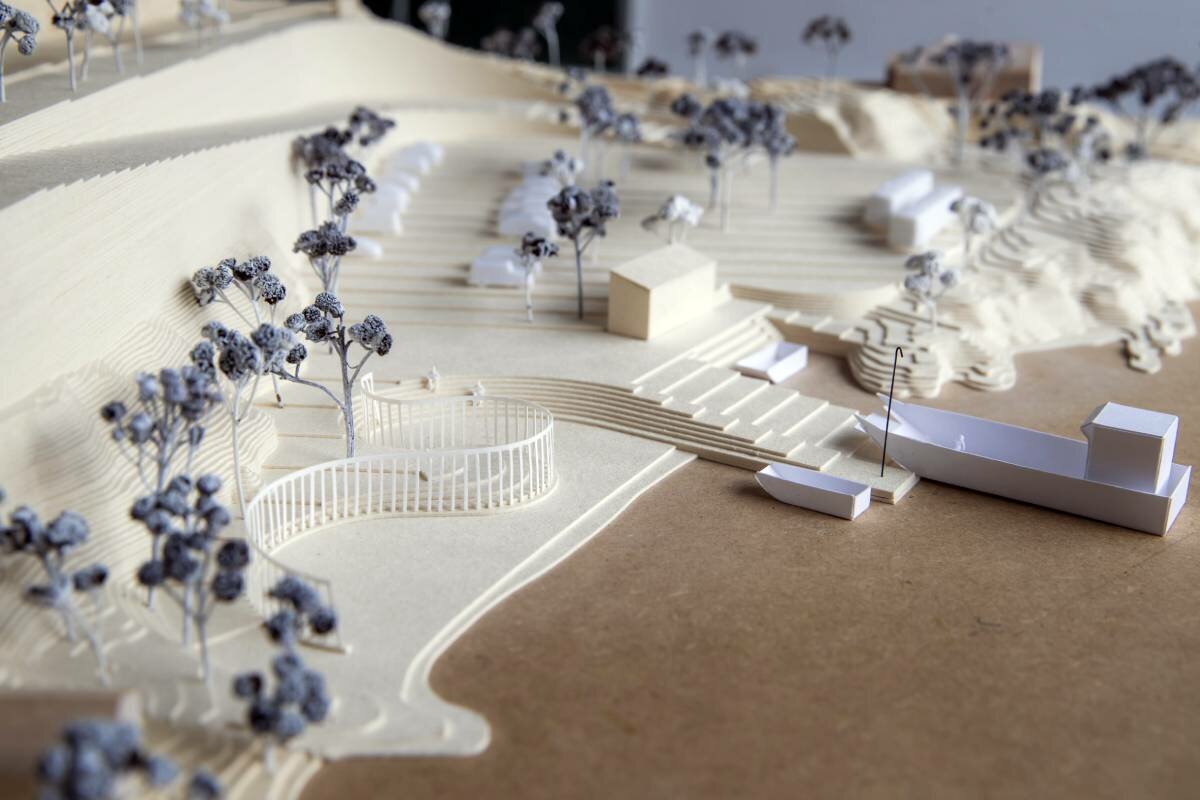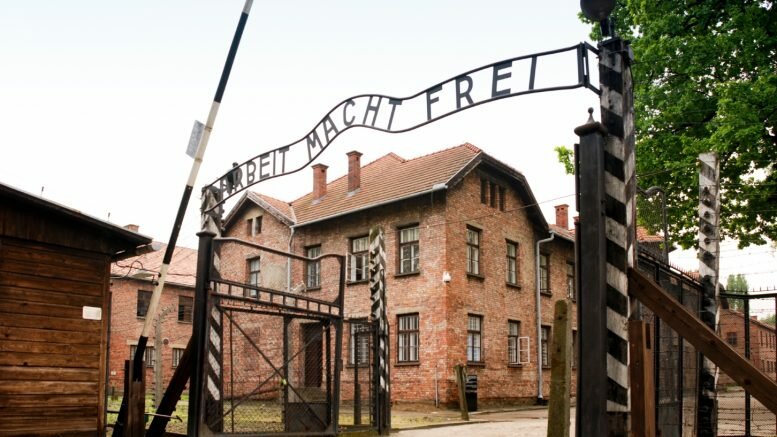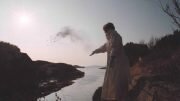As the world reopens after the dark days of COVID-19 related lockdowns and borders closures, many will be heading overseas for a full deserved holiday. However, there will be many that will ditch the beach or the plaza for a site of pain or suffering. From Auschwitz to Chernobyl, from Fukushima to the Colosseum sites, monuments and locations of places associated with death and tragedy are big business. Is this form of tourism a disturbing fascination with human anguish or is it a useful way of educating the public about the dark side of human nature?
Visiting a place of pain, anguish, or suffering
Dark tourism is a loosely defined concept that involves the visiting of places that are associated with some sort of trauma: an area of pain, suffering, torment, or sadness. Traipsing across the globe to a dark tourism location – for example, where historically war, genocide, terrorism, ethnic cleansing, mass murder, war, or an ecological or man-made disaster has occured – may not be everyone’s perfect idea of a holiday.
Its detractors see it as ‘morbid tourism’ or ‘grief tourism’ and say that the tourists are exploiting pain and suffering for their own voyeuristic peccadillos. Yet many say that ‘dark tourism’ is not only an economic lifeline to many of these places, but can also be a form of education to prevent such pain and suffering from happening again.
With the release of shows like Netflix’s Dark Tourist or HBO’s Chernobyl interest in the darker side of tourism has become more clear.
Gladiators, nuclear bombs, and Utøya
However, dark tourism is not a modern phenomenon. Humans have always been intrigued by viewing pain, suffering, and death. The Romans, those harbingers of ‘civilization’ to Europe, built the Colosseum to watch gladiators partake in duels of death and glory… For entertainment!
Additionally, the sight of a public hanging, or execution, was a common sight throughout Europe right into the modern period. The English and French often undertook it with so much relish that they lopped the heads of their kings in the 17th and 18th centuries, respectively. For the public, hangings or executions were as much a grim but entertaining spectacle – or more – as they were a form of justice and punishment.
Across the Atlantic Ocean, the start of the American Civil War saw many families (including children!) pack picnics and head out, from Washington D.C, to watch the action on the battlefields nearby.
In the ‘Nuclear Age,’ both Japan and Ukraine have seen a huge surge in ‘dark tourism’. Hiroshima and Nagasaki are popular destinations for advocates of world peace, but also for those who want to see the raw power and destruction of what a nuclear bomb can do. The Chernobyl nuclear power plant, near Ukraine’s border with Belarus, was the sight of a deadly accident in 1986. Though it has left a 30-kilometer radius uninhabitable for humans, it is one of Ukraine’s most popular tourist destinations.
Closer to home, the debate about a planned memorial, on Utøya, in memory of the 22/7 terrorist attacks has been dragging on for a decade. Many have objected, saying the memorial would inflict ongoing psychological pain on those that live nearby.

Auschwitz: A Case Study
The concentration and extermination camps of Auschwitz, in Oświęcim, Poland, were perhaps the sight that gave birth to the modern ‘dark tourism’ movement.
During the Second World War, Poland was conquered and occupied by Nazi Germany. A series of concentration camps were built across Poland with the largest being Auschwitz. As part of Adolf Hitler’s deranged ‘Final Solution’, these camps were built deliberately for the extermination of Jewish people but many homosexuals, Roma, Soviet, and other political prisoners also died within. It has been estimated that some 1.1 million people died in Auschwitz, with 865.000 Jewish people gassed upon arrival.
After the Second World War, the Polish Government (under Soviet influence) constructed the Auschwitz-Birkenau State Museum which then became a UNESCO World Heritage site in 1979. Some 2.3 million visitors have made the pilgrimage to this location synonymous with genocide and hatred.
The main purposes of the museum, and the preservation of the sight in general, are to show the world the exact atrocities committed in the various camps, but to also educate people to help prevent such atrocities from ever occurring again.
There is a secondary economic benefit of the hordes of tourists visiting annually. Not only do the Polish local and national governments benefit from admission fees, but a whole economy has been built around tour guides, tour buses, tour companies, taxi drivers, and so on.
Yet there is a feeling that visiting this place should be done in the right manner. Visitors have been accused of gross displays of disrespect such as posing for selfies in front of the infamous main gate.
Education is the key
Education and preserving historical memory are seen as two of the main reasons why visiting sights of pain and suffering can be beneficial.
The Hiroshima Peace Memorial Museum was opened a decade after the U.S Air Force dropped the first of its atomic bombs on Japan. Since then, over 53 million people have visited. The Museum “collects and displays belongings left by the victims, photos, and other materials that convey the horror of that event.” It is divided thematically to show visitors the specific and general damage that dropping a nuclear bomb on a city had. Individuals’ clothing and personal effects as well as parts of buildings and the after-effects of nuclear radiation poisoning are all documented and on display. The hope is that showing the horrific damage done will prevent such weapons being used again.
The Resistance Museum in Bergen is also another example of an institution using a dark history for educational purposes. Here, visitors can see the very ways in which the Norwegian resistance was more active in this city than others.
When ‘dark tourism’ goes wrong
There is, however, the argument that ‘dark tourism’ is just plain morally wrong. Why on earth would tourists want to visit a place where death, destruction, or disaster has occurred?
The HBO series Chernobyl brought the events surrounding the 1986 nuclear disaster into the cultural zeitgeist again. Since airing in 2019, visitor numbers in Chernobyl rose. Until the start of pandemic travel restrictions last March, the increase was upwards of 40% according to the Washington Post. However, not everyone is happy with the rise in tourism numbers. Though it enables an economic lifeline for many locals, it is still a place of disaster where whole communities saw the pain of death and forced removal.
A respectful and proper manner and conduct are also required for many ‘dark tourists.’ The Berlin Holocaust Memorial, a memorial to all the murdered Jews in Europe, was the setting of controversy in 2017. Here Shahak Shapira, an Israeli-German writer, used this memorial for a number of photographs on his website titled ‘Yolocaust.’ They were photoshopped to include a man juggling pink balls and a woman striking various yoga poses. Though Shapira meant them to be deliberately provocative, many Berliners felt that the Holocaust memorial was simply not a location to be artistically adventurous.
A sense of respect and gravitas is often required which can be hard with today’s smartphone-obsessed world. Nothing illustrates how ‘dark tourism’ can be simply voyeuristic and disrespectful than the case of Breanna Mitchell. Visiting Auschwitz in 2014, the American teenager took a selfie and uploaded it to Twitter complete with hashtags and emojis. This then created a furor in the ‘Twitterverse’ about poor taste, disrespectfulness, and just a sheer lack of maturity.
Though memorials are often built for a debate and discussion about the events which it memorializes, ‘dark tourists’ should maintain a sense of gravitas, respect, and common sense – after all, many places are the sight of the death of individuals, families, or even whole communities.

Utøya: Pain, suffering, and memory
Here in Norway, the horrific events of 22/7 have been hard, both psychologically and physically, to memorialize. Though a decade on from Norway’s worst loss of life since the Second World War, scars and pain are still evident.
For much of the past decade, a debate has been raging on how best to memorialize the events. The site of the first bomb explosion, in the former Government Y quarter, in the center of Oslo, has been cleaned up and a memorial to the victims built. However, a memorial on the island of Utøya itself has been the source of friction within the local community. The winning design, called ‘Memory Hole‘, has been labeled by neighbors as a ‘rape of nature‘ and various community lawsuits against the memorial. Locals both fear a ‘retraumatization’ and simply do not want the area to become filled with gawking tourists.
The memorial has not been completed in time for the recent 10 year anniversary and the cost has been estimated to have spiraled out of control, from NOK 40 to 500 million because of the ongoing lawsuits.
Dark Tourism: Do it right
Humans have always had a fascination with the macabre.
Visiting places associated with death, disaster and destruction can be a useful to help preventing such events from occurring again. It also gives the communities in which disaster befell a source of money to help them rebuild and get back to a sense of normality.
However, a sense of respect and maturity is needed when visiting such places – it is not always about getting that perfect selfie for “the ‘Gram.'”
The opinions expressed are those of the author and are not held by Norway Today unless specifically stated.
About the author:
Jonathan is a lover of the written word. He believes the best way to combat this polarization of news and politics, in our time, is by having a balanced view. Both sides of the story are equally important. He also enjoys traveling and live music.
Source: #NorwayTodayTravel
Do you have a news tip for Norway Today? We want to hear it. Get in touch at [email protected]






Be the first to comment on "Is dark tourism disturbingly voyeuristic or meaningfully educational?"